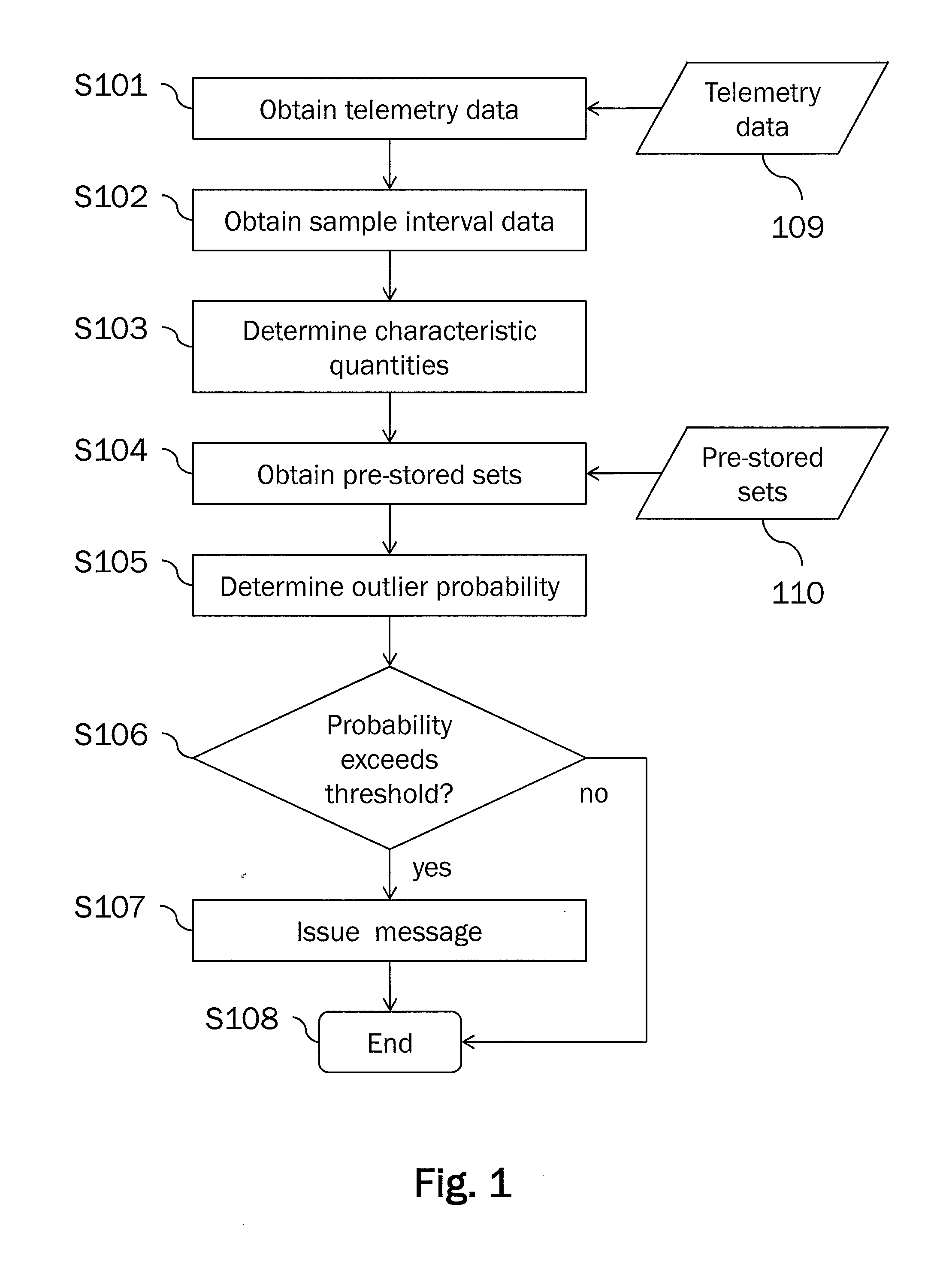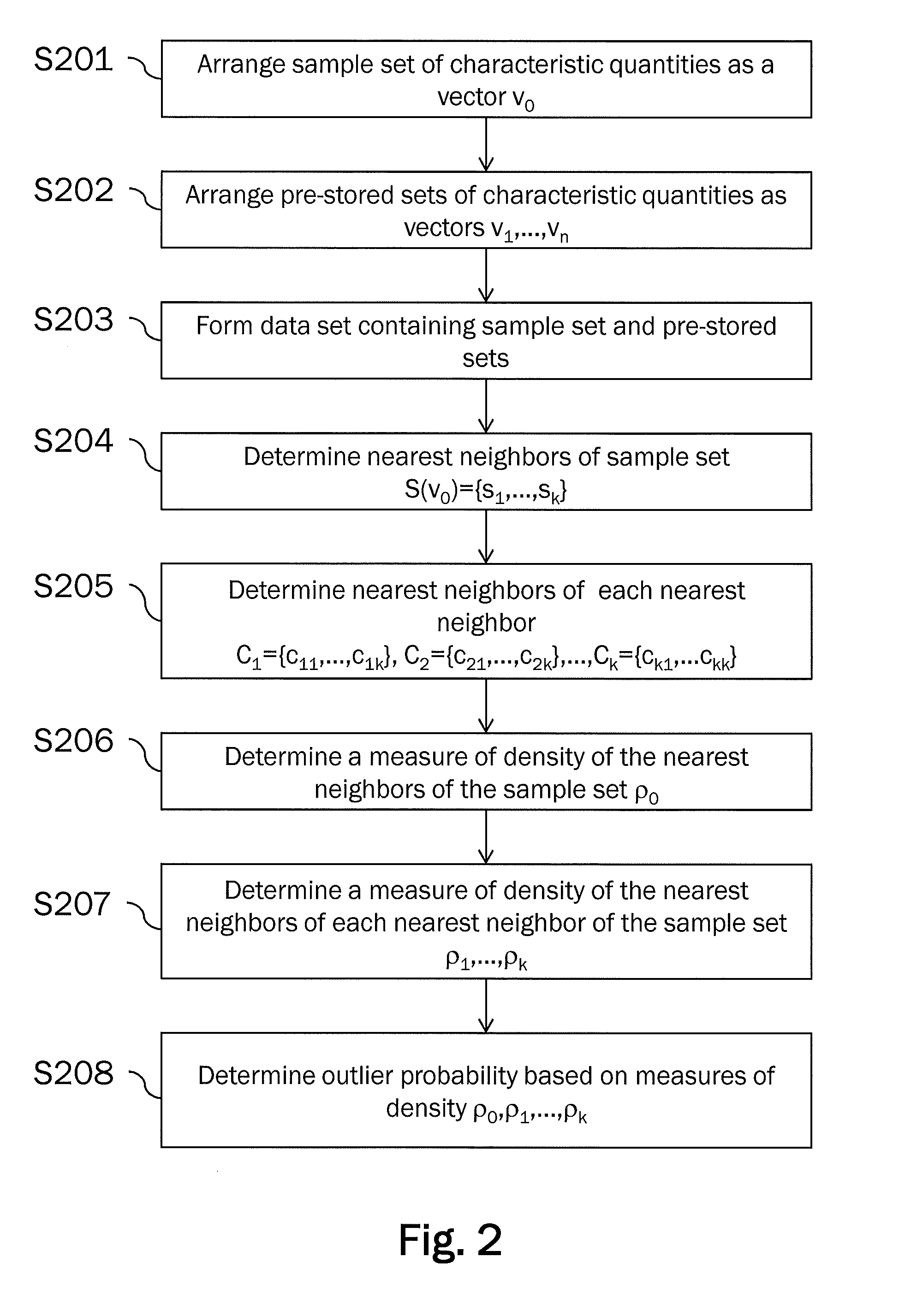Method and apparatus for monitoring an operational state of a system on the basis of telemetry data
a technology of telemetry and monitoring system, which is applied in the direction of instruments, testing/monitoring control systems, digital computers, etc., can solve the problems of inability to conduct these inability to solve anomalies at later stages, and inability to conduct experiments during resolving malfunctions, etc., to achieve the effect of reducing the impact of modeling, improving the reliability of methods, and efficient us
- Summary
- Abstract
- Description
- Claims
- Application Information
AI Technical Summary
Benefits of technology
Problems solved by technology
Method used
Image
Examples
Embodiment Construction
[0082]Preferred embodiments of the present invention will be described in the following with reference to the accompanying figures. It is noted that the present invention is not limited to the described embodiments and that the described features and aspects of the embodiments may be modified or combined to form further embodiments of the present invention.
[0083]It is to be noted that in the following description of preferred embodiments the present invention will be described with respect to the purpose of anomaly investigations in the field of spacecrafts and robots. Generally, the invention is applicable to detecting novel behavior of a monitored system. The novel behavior of the monitored system may either relate to expected novel behavior or unexpected novel behavior, i.e. an anomaly. In the case of the monitored system being a spacecraft or a robot, expected novel behavior may for instance occur if the spacecraft or robot enters a new mission phase or is instructed to perform ...
PUM
 Login to View More
Login to View More Abstract
Description
Claims
Application Information
 Login to View More
Login to View More - R&D
- Intellectual Property
- Life Sciences
- Materials
- Tech Scout
- Unparalleled Data Quality
- Higher Quality Content
- 60% Fewer Hallucinations
Browse by: Latest US Patents, China's latest patents, Technical Efficacy Thesaurus, Application Domain, Technology Topic, Popular Technical Reports.
© 2025 PatSnap. All rights reserved.Legal|Privacy policy|Modern Slavery Act Transparency Statement|Sitemap|About US| Contact US: help@patsnap.com



